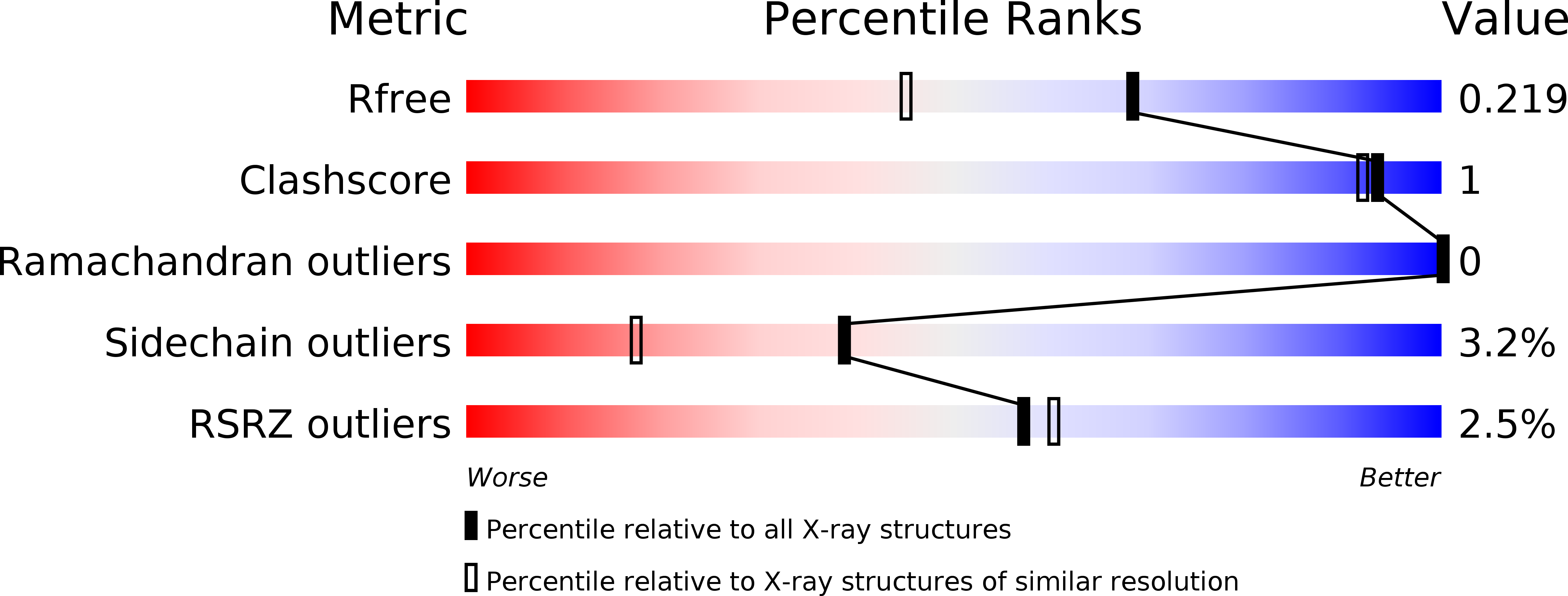
Deposition Date
2011-01-21
Release Date
2011-09-28
Last Version Date
2024-11-27
Entry Detail
PDB ID:
3QFD
Keywords:
Title:
Human Class I MHC HLA-A2 in complex with Mart-1(27-35) nonameric peptide
Biological Source:
Source Organism:
Homo sapiens (Taxon ID: 9606)
Host Organism:
Method Details:
Experimental Method:
Resolution:
1.68 Å
R-Value Free:
0.21
R-Value Work:
0.16
R-Value Observed:
0.17
Space Group:
P 1 21 1


